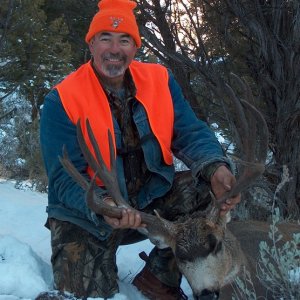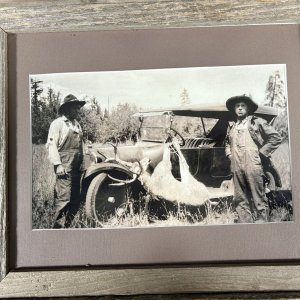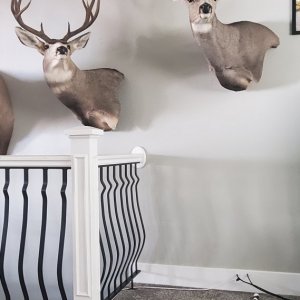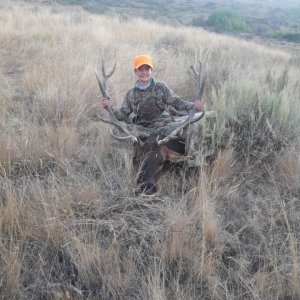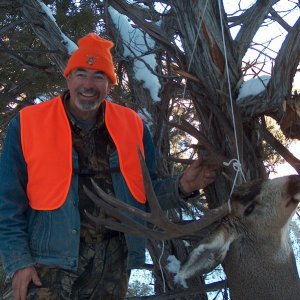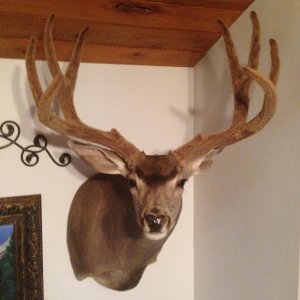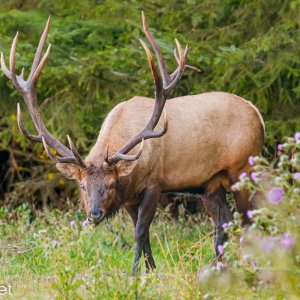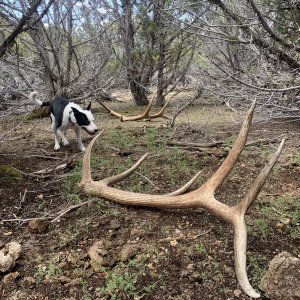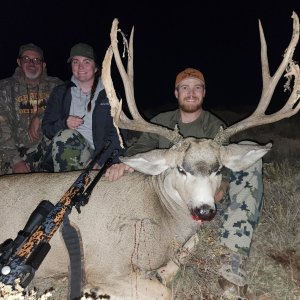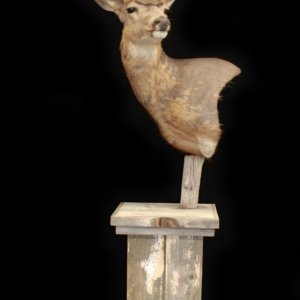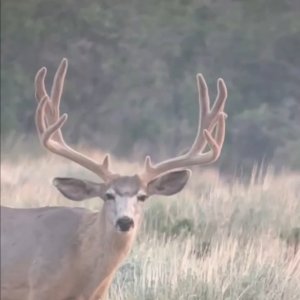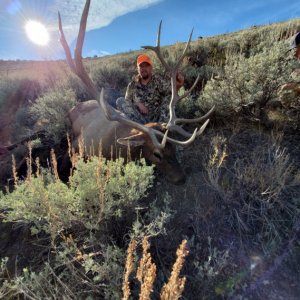K
ktc
Guest
LAST EDITED ON Aug-25-05 AT 08:08PM (MST)[p]I read the public land thread with interest and some good ideas were posted for the public land guys like me. One person suggested to buy a good glass to help locate deer.
I need to swallow my pride and just ask this question. What are your glassing techniques? I have good binos, but I am very impatient. Most of the time I see my animal with my eyes and then look him or her over or find them grazing in an open area. I hear people say with good glasses you will see 50% more game? I do not. What am I doing wrong? I would like to hear some common glassing reults, methods, and stories. How do you glass? What are you looking for when deer are not grazing? More times than not do you find deer laying down or in the trees? I hear stories about guys finding a piece of horn or hair of a hidden buck. I can honestly say I have never done this.
Lets hear your ideas and stories. I need to be more patient. Then what? There has to be more to it than glassing a basin for 5 minutes. Give me a little ribbing too.;-)
I need to swallow my pride and just ask this question. What are your glassing techniques? I have good binos, but I am very impatient. Most of the time I see my animal with my eyes and then look him or her over or find them grazing in an open area. I hear people say with good glasses you will see 50% more game? I do not. What am I doing wrong? I would like to hear some common glassing reults, methods, and stories. How do you glass? What are you looking for when deer are not grazing? More times than not do you find deer laying down or in the trees? I hear stories about guys finding a piece of horn or hair of a hidden buck. I can honestly say I have never done this.
Lets hear your ideas and stories. I need to be more patient. Then what? There has to be more to it than glassing a basin for 5 minutes. Give me a little ribbing too.;-)

